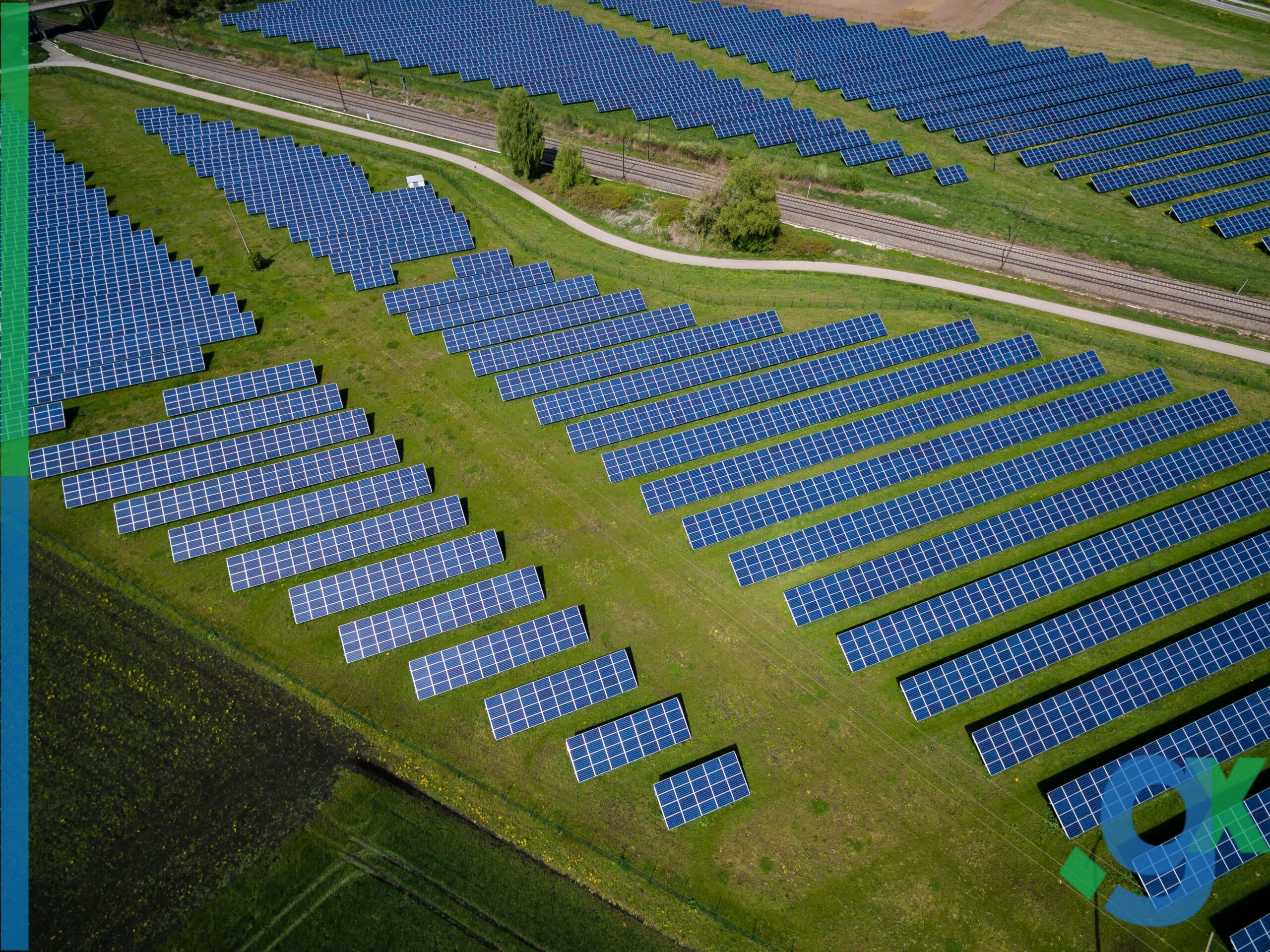Introduction
In this bog we will discuss The increasing adoption of renewable energy sources in India.India is one of the fastest-growing economies in the world and is home to a large population of over 1.3 billion people. As the country continues to develop, the demand for energy is growing rapidly. The traditional sources of energy, such as coal and oil, are becoming increasingly scarce and expensive. In addition, these traditional sources of energy are also contributing to climate change, which is a global concern. To address these challenges, India has been increasingly adopting renewable energy sources in recent years.
Reasons for Increasing Adoption of Renewable Energy Sources in India
- Energy Security: One of the primary reasons for India’s focus on renewable energy is energy security. India imports a significant portion of its fossil fuel needs, which makes it vulnerable to supply disruptions and price fluctuations. By investing in renewable energy sources, India can reduce its dependence on foreign oil and gas and achieve greater energy security.
- Economic Benefits: The renewable energy sector is rapidly becoming one of the most important drivers of economic growth in India. The sector has the potential to create millions of jobs and attract billions of dollars in investment. By investing in renewable energy, India can promote economic development and create a more sustainable future for its citizens.
- Environmental Concerns: India is one of the most vulnerable countries to the impacts of climate change. Rising temperatures, changing rainfall patterns, and more frequent extreme weather events are all putting the country’s food security, water resources, and infrastructure at risk. By investing in renewable energy, India can reduce its greenhouse gas emissions and mitigate the impacts of climate change.
Current Status of Renewable Energy in India
India has made significant progress in the adoption of renewable energy sources in recent years. According to the International Energy Agency (IEA), India is the fourth-largest renewable energy market in the world after China, the US, and Europe. Here are some of the key highlights of India’s renewable energy sector:
- Installed Capacity: India has a total installed capacity of 93 GW of renewable energy as of December 2021, which accounts for around 28% of the country’s total installed capacity. Of this, wind energy accounts for the largest share at 45%, followed by solar at 39%, small hydro at 9%, and bio-energy at 7%.
- Targets: India has set a target of achieving 450 GW of renewable energy capacity by 2030, which is more than four times its current installed capacity. This includes 280 GW of solar energy, 140 GW of wind energy, and 10 GW of bioenergy.
- Investments: India has attracted significant investments in the renewable energy sector in recent years. According to the Ministry of New and Renewable Energy (MNRE), India has received over $64 billion in renewable energy investments between 2014 and 2020.
- Policies and Incentives: India has implemented several policies and incentives to promote renewable energy adoption. Some of these include feed-in tariffs, generation-based incentives, tax exemptions, and subsidies for renewable energy projects.
Challenges Facing the Adoption of Renewable Energy in India
- Lack of Infrastructure:
India’s renewable energy sector is still in its nascent stages, and the country lacks the necessary infrastructure to support the widespread adoption of renewable energy sources. This lack of infrastructure includes a shortage of transmission lines, energy storage systems, and charging stations for electric vehicles.
- Financing:
The financing of renewable energy projects can be a challenge in India, as many renewable energy projects require large upfront capital investments. In addition, the country’s banking sector is not well-equipped to assess and finance renewable energy projects, leading to a shortage of financing options for renewable energy projects.
- Land Availability:
Renewable energy projects require a significant amount of land, particularly solar projects. However, land acquisition in India can be a lengthy and complicated process, making it difficult for renewable energy projects to secure the necessary land.
- Policy and Regulatory Issues:
While the Indian government has implemented several policies to promote renewable energy, there are still several regulatory and policy issues that need to be addressed. These issues include the lack of a clear regulatory framework for renewable energy, inconsistent policies at the state level, and a lack of coordination between different government agencies.
CONCLUSION
The adoption of renewable energy sources in India has been driven by a combination of factors, including energy security, climate change, decreasing costs, and government policies and incentives. However, the country still faces several challenges, including a lack of infrastructure, financing, land availability, and policy and regulatory issues. Addressing these challenges will be critical to achieving India’s renewable energy targets and transitioning to a more sustainable and secure energy system..
Read about our post on : The increasing use of automation and artificial intelligence in Indian businesses. here.
Signup now for Free and enjoy unlimited Quotations & Invoices at www.blog.groflex.in




